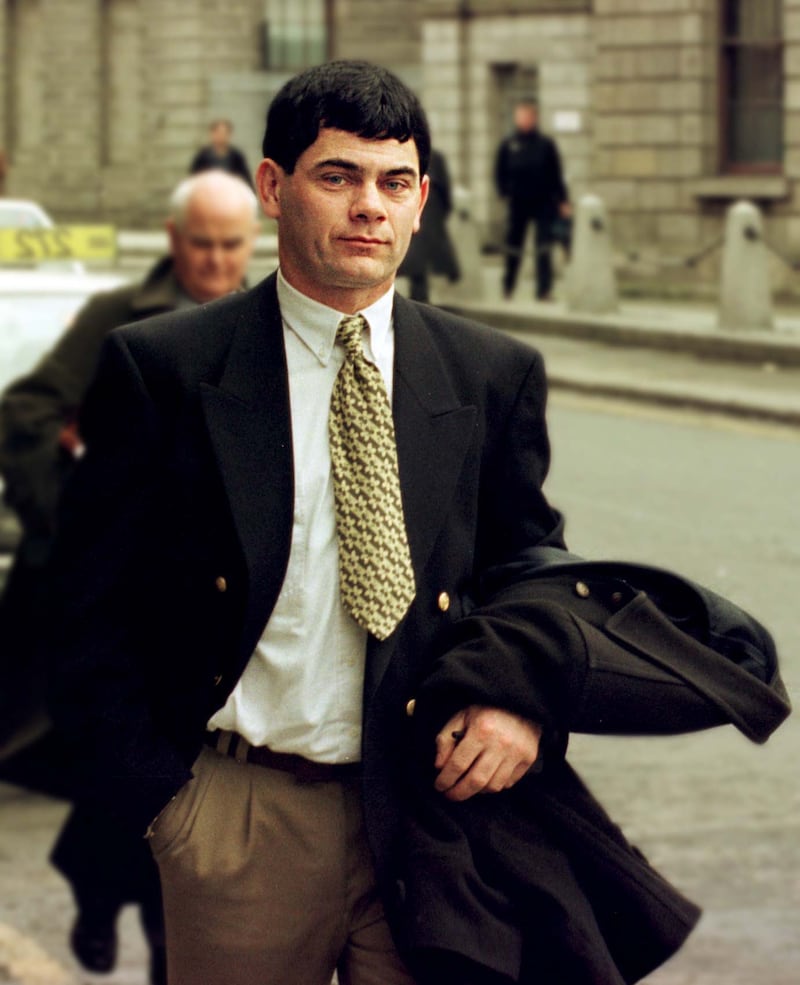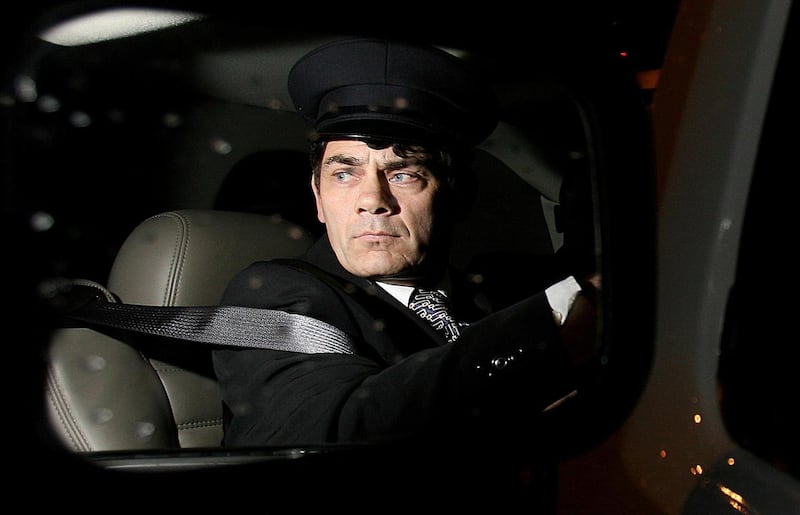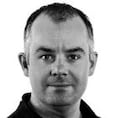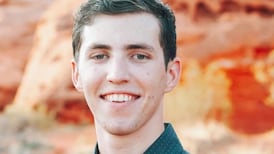Gerard Hutch was carrying out armed robberies with machine guns by the time he was 17 years old. Just a year later, as he was about to become a father, he was able to buy his first home for cash. Hutch taught himself to read – using comics – while serving time in Mountjoy Prison, including one stint in the adult men’s jail when aged just 15 years. Hutch described his time in lock-up as a “university of crime”.
He had two key talents. He was a natural leader – from the time he was a child – and a meticulous planner. Garda sources, and some retired former members of the force, said it was always clear that Hutch was smarter and more disciplined than his peers in the criminal fraternity.
[ Gerard Hutch not guilty of the murder of David Byrne at Regency HotelOpens in new window ]
“Like all of these guys, if you take the guns away, they wouldn’t amount to much,” said one former Garda member who dealt with Hutch in the 1980s. “But it is true to say he was different from the others. He was cleverer and always stuck to the idea that he was trying to make money. He didn’t get distracted with feuds and other stupid things that would have only drawn attention. A lot of them fall into that trap, whether it’s feuds or the way they spend their money, flashing it around.”
Born on April 11th, 1963, Hutch was the sixth child, of eight, born to Patrick – a labourer on Dublin’s docks – and Julia Hutch. The family lived in council flats on Foley Street in Dublin’s north inner city before moving to nearby Liberty House, Railway Street.
RM Block

In an interview in March 2008, Hutch said his first conviction was for “stealing a bottle of red lemonade” in 1971, when he was aged eight. He claimed his background at the time was extremely impoverished and it was a case of “first up, best dressed”.
“I had no choice, you had to go into crime to feed yourself, never mind dress yourself,” he said.
He was fined £1 for his first conviction and given the Probation Act, but by the time he had reached adulthood he had over 30 convictions, including for joyriding, assault, burglary and theft. He was imprisoned about 10 times as a teenager, in both St Patrick’s Institution for Young Offenders and in Mountjoy Prison.
The north inner city teenage crime group he was part of – carrying out burglaries and robbing shops and banks – was dubbed the “Bugsy Malones” as their growing notoriety coincided with the release of the hit movie of the same name. In 1980-81, Hutch was one of a small number of the Bugsy Malones to move into an organised crime gang run by veteran Dublin armed robber, later drug dealer and gangland murder victim, Eamon Kelly.
Hutch would claim he had got lucky with initial investments in property – starting out small and then remortgaging properties to buy more
Kelly was 15 years Hutch’s senior and mentored him after spotting his talents and the influence he had over the other boys he had been engaged in crime with. Unlike some of his associates, Hutch steered clear of the heroin epidemic sweeping the streets where he lived and, instead, focused on lucrative armed robberies. While he initially joined the Kelly crew, carrying out bank raids with machine guns, by the time he was aged 20 in 1983 he had his own crew of armed robbers around him. It was a period when the Provisional IRA was the main focus for the Garda. The security measures in the cash-in-transit sector and the banking industry were so poor they were an invitation for armed robbers.
Hutch is most often connected to very large cash heists but even the more minor armed raids, of which he did scores, were very lucrative. In 1983, for example, when a cash-in-transit van collecting money from a supermarket in Sutton was held up by Hutch’s gang, an estimated £100,000 was stolen. That was just two years after Hutch had bought his first family home in the inner city for £10,000.
As the 1980s progressed, the halcyon days began for the Hutch gang and the good times continued to roll through the 1990s. However, he also emerged as a suspect in a number of shootings and was constantly under investigation and surveillance by gardaí trying to both solve and thwart armed robberies.
In January 1987, when £1.4 million was stolen during a raid on a Securicor van at Marino Mart, north Dublin, the Hutch gang were the chief suspects. Five months later, a man called Mel Cox was shot dead in the garden of his house in Corduff, west Dublin. His killing occurred two weeks after he had badly beaten Hutch in an inner city Dublin pub. Hutch was arrested and questioned over the death but never charged. He denied involvement in media interviews.
While gardaí believe he remained involved in the drugs trade as an investor during his so-called retirement years, he was a hands-off criminal
In January 1992, the Hutch gang emerged as chief suspects when £2.5 million was stolen from the AIB cash depot in Lisduggan, Co Waterford, by men armed with AK47s, apparently rented from the IRA. And in January 1995, when a gang armed with AK47s stole £2.8 million from the Brinks Allied cash depot in Clonshaugh, north Dublin, again the Hutch group was top of the list of suspects. That Brinks Allied raid in particular exposed glaring weaknesses in security, and coverage of it became intense when it emerged in the media that the Garda had intelligence in advance that the Hutch group was planning a major cash robbery.
It was around that time the media began referring to Hutch as “The Monk”. The moniker was used because he could not be named at the time for legal reasons and also due to the quiet life he led.
The following year, in 1996, journalist Veronica Guerin was murdered and the Criminal Assets Bureau (Cab) was set up. One of its first targets was Hutch and the men in his armed gang. While Hutch eventually settled with the bureau for £1.2 million, he had amassed even more significant wealth by then.
Hutch invested some of his money – even before the Celtic Tiger began – in an apartment complex in the north inner city neighbourhood where he grew up. That scheme also involved other criminals known for armed robberies and drug deals. One of the properties was bought from Jim Mansfield snr, and gardaí later uncovered evidence that Hutch had invested in a number of Mansfield’s hotels. Hutch and businessman Matt Kelly – a brother of Eamon Kelly – owned about 15 apartments between them in the inner city block they had invested in, while Hutch also owned five houses on nearby Buckingham Street.

Hutch would later claim he had got lucky with initial investments in property – starting out small and then remortgaging properties to buy more, gradually growing his portfolio, which rocketed in value in the Celtic Tiger years. He pointed to a number of compensation claims as the source of the seed money his property empire grew from; £25,000 paid to him by the Department of Justice when he broke his ankle in Mountjoy Prison in the 1980s, £8,000 was paid for whiplash injury after a Securicor van hit him from behind, and £2,000 he secured in a libel action against the Sunday Tribune.
His property-investment associate Matt Kelly had a property empire worth £4 million before the Celtic Tiger property boom really took off. Like Hutch, Kelly also made a settlement with Cab related to unpaid taxes, and strongly denied any of his wealth was the proceeds of crime.
Hutch himself moved from the inner city to The Paddocks in Clontarf, a cul de sac of modest properties surrounded by the much leafier parts of the north Dublin suburb.
Hutch’s settlement with Cab, in the year 2000, should have been the jumping off point for him. Once his tax affairs were settled he was able to secure a taxi licence, in 2001, after several unsuccessful attempts. He set up a taxi and chauffeur business – called Carry Any Body (CAB) – and bought a Hummer limousine in 2004, carrying former heavyweight champion boxer Mike Tyson on one occasion. He even appeared in one magazine’s list of “100 sexiest men” in Ireland.
Later, he began spending much of his time in Turkey and Lanzarote.
While gardaí believe he remained involved in the drugs trade as an investor during his so-called retirement years, he was a hands-off criminal. He appeared to have climbed above the day-to-day hustle of Dublin’s organised crime scene just as cocaine wars were about to break out on the streets of Dublin, unleashing an unprecedented level of gangland feuding.
However, his nephews – Gary Hutch and Christopher “Bouncer” Hutch – had become involved in a drugs gang in Dublin from the late 1990s into the 2000s with Daniel Kinahan and Christopher Kinahan jnr, the sons of Christy Kinahan snr. Over the next decade the Kinahan group, with Kinahan snr as its Spanish-based leader, grew into an international cartel, with Gary Hutch rising up through the ranks.
In February 2009, Gary Hutch was involved in the robbery of the Bank of Ireland cash stores on College Green, Dublin, when €7.6 million was stolen. He took his share of the money and invested much of it in the cartel, believing it would help him advance even further up the ranks. However, when his position in the cartel did not change, he organised for Daniel Kinahan to be shot outside his Spanish villa in 2014, though the gunman shot the wrong man in a case of mistaken identity.
That murder bid caused a major rift between the Kinahans and Hutch family – who were all well known to each other. It resulted in the shooting dead of Gary Hutch in Spain in September 2015. In late December that year, Gerard Hutch himself narrowly avoided being shot dead in a pub in Lanzarote by two gunmen sent by the Kinahans. The botched murder bid was proof the dispute between the Kinahan and Hutch groups had not died with Gary Hutch.
Just two months later, an effort was made to shoot dead Daniel Kinahan at a boxing tournament weigh-in at the Regency Hotel, north Dublin. While the killers – three of whom were dressed in mock Garda tactical uniforms armed with AK47s – missed Kinahan, they shot dead one of his associates, 34-year-old Crumlin man David Byrne.
Since then the Kinahan-Hutch feud has claimed the lives of 16 more people, including Gerard Hutch’s brother, Eddie Hutch, two of his nephews, Gareth Hutch and Christopher Coakley Hutch, and two close friends of his – Noel “Kingsize” Duggan and Noel “Duck Egg” Kirwan.
Having been charged with murder of David Byrne and been acquitted at the Special Criminal Court on Monday, Gerard Hutch left the Criminal Courts of Justice – through the front door – pursued by a scrum of media until he was able to flag down a taxi to take him away. Gardaí expect him to make a life abroad as he remains a key target of the Kinahan cartel, even though more than four years have passed since the last murder in the Kinahan-Hutch feud.

















